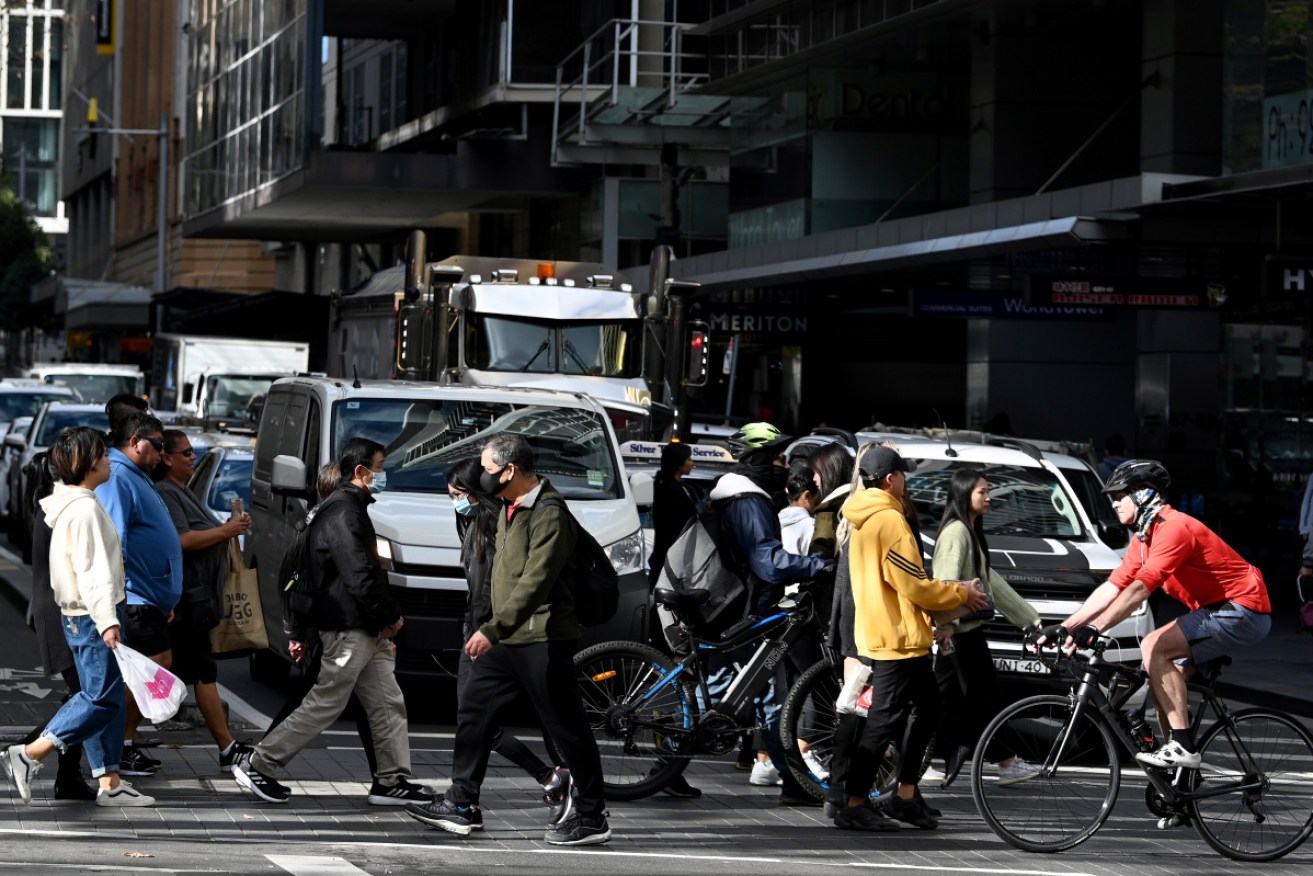‘Heartbreaking’ COVID job losses – but real devastation is still hidden


The Australian Bureau of Statistics said 64,800 people joined the workforce in December. Photo: Getty
Prime Minister Scott Morrison has described figures showing more than 220,000 Australians lost their jobs in May as “heartbreaking” but “not surprising”.
“These are dark times,” Mr Morrison said after the release of data showing the official unemployment rate jumped from 6.4 per cent in April to 7.1 per cent in May.
It is the country’s highest jobless rate since 1993 – and economists say the actual rate is much higher than the figures show.
As large parts of the economy struggled under the weight of government-imposed virus restrictions, 227,700 Australians lost jobs between mid-April and mid-May, according to the Australian Bureau of Statistics.
It came on top of the record 594,300 jobs lost in April and is the second-biggest monthly drop in employment since the ABS began keeping records in 1978.
The combined figures means more than 835,000 jobs have been lost in Australia in the past three months.
On top of that, the JobKeeper wage subsidy program – under which businesses keep workers on their books during the crisis with a fortnightly payment of $1500 – is also thought to be partly masking the depth of the losses. There is no guarantee workers receiving JobKeeper will still be employed when it ends in late September.
Mr Morrison said the economy had recovered slightly since the the May data was collected, as businesses reopened and many people returned to work.
“There is some comfort that can be taken from the fact that we are making our way back, and that we are taking steps every single day,” he said.
“We can take some comfort from the fact that Australia has put in place the biggest measure of income support the country has ever seen to cushion the blow, but the blow is still devastating and great.”
But he said it would take the economy two years to get back to where it was before the COVID crisis – and five years before it would be “where we planning to be”. Getting there would require investment in infrastructure and deregulation to create jobs.
The ABS figures released on Thursday show full-time employment fell by 89,100 over the month. Part-time employment dropped by 138,600.
Meanwhile, official unemployment increased by 85,700 to 927,600 people – a monthly rise of 0.7 percentage points.

Queues outside Centrelink offices in March sparked fears of massive job losses.
The job losses were also unevenly distributed. Treasurer Josh Frydenberg said female employment made up 52 per cent of May’s losses, falling by 118,000.
“Youth employment fell by 103,000, making up 45 per cent of those jobs lost in May,” he said.
The youth unemployment rate, for 15-24-year-olds, jumped a further 2 percentage points over the month to reach 16.1 per cent.
The Prime Minister said getting those young people back into work was a key priority for the government.
The official figure of 7.1 per cent also fails to capture the full extent of joblessness as the ABS counts Australians as unemployed only if they are actively looking for work, and unemployed Australians are currently not required by the government to search for work to receive payments.
Many Australians have also given up looking for work and temporarily left the labour force, as so few businesses are hiring.
“This was reflected in a further fall in the participation rate, down 0.7 percentage points to 62.9 per cent,” the ABS said.
“The last time the participation rate was below 63 per cent was in January 2001.”
The ABS said that roughly 2.3 million people – or one in five employed Australians – either lost jobs between April and May or “had less hours than usual for economic reasons in May”.
Underutilisation, which combines unemployment and underemployment, rose to a new record high of 20.2 per cent.
The figures bring the total drop in employment since March to 835,000 people, and come after jobs site Seek revealed on Thursday that the number of job ads across the country in May was down 52.5 per cent year on year.
Words don’t do justice
Indeed Asia-Pacific economist Callam Pickering said words could scarcely do justice to the economic destruction wrought by COVID-19.
He said the official unemployment rate of 7.1 per cent was misleading, as hundreds of thousands of Australians had given up looking for work.
“While employment has fallen by 835,000 since March, unemployment has only increased by 211,000 people,” Mr Pickering said.
“If we treat everyone who lost their job as becoming unemployed the unemployment rate jumps to 11.3 per cent. That gives a better indication of the damage caused by COVID-19.
“In just two months, the unemployment rate rose from 5.2 per cent to 11.3 per cent.”
EY Oceania chief economist Jo Masters said while the hospitality industry was putting on more staff as restrictions eased, other sectors were laying off workers as their pipelines of work ran dry.
“Overall, the unemployment rate is still likely to rise from here, but remain in single digits,” Ms Masters said.
“That said, recessions are felt by households through jobs, and the number of Australians unemployed or not actively seeking employment is incredibly high and will have economic consequences.”








